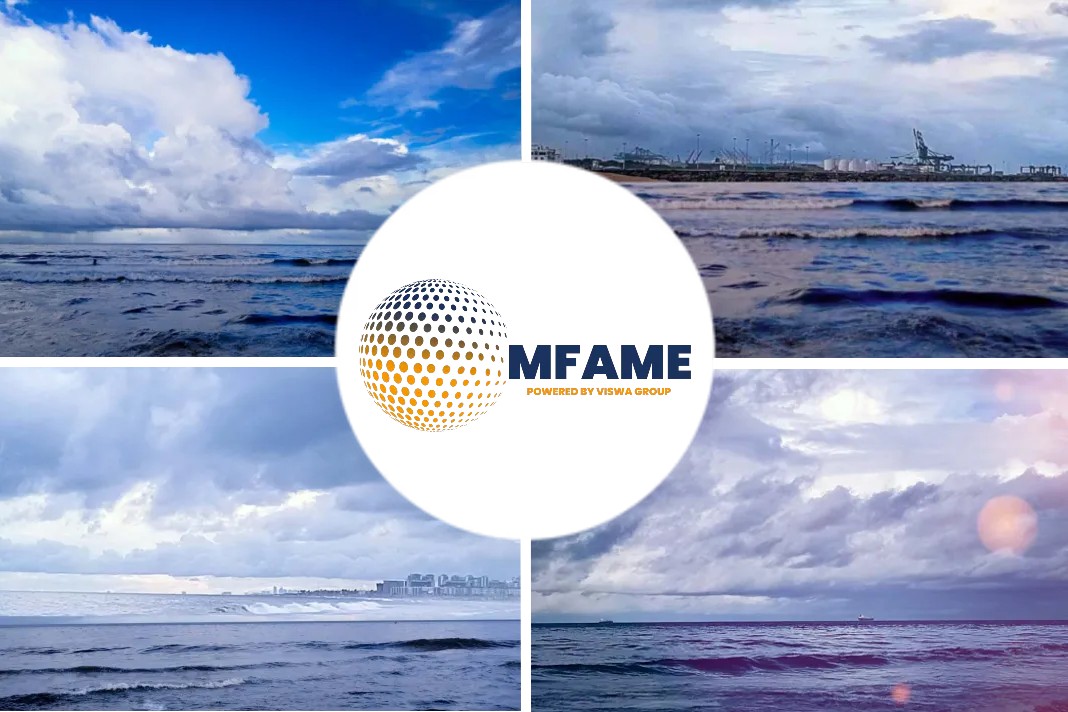SIGTTO published a report to provide guidance to assist the gas shipping industry in its efforts to reduce carbon dioxide (CO2) emissions.
This document identifies typical sources of CO2 emissions from gas carriers and describes the methodologies for measuring CO2 emissions. The reporting standards set by the International Maritime Organization (IMO) and European Union (EU) for CO2 emissions are then explained, covering both technical and operational efficiency.
Fuel Consumption Measurement
The following methods for monitoring fuel consumption are generally used on liquefied gas carriers:
#1 Bunker delivery notes (BDNs): This method uses BDNs to determine the total annual quantity of fuel used. BDNs are required by The International Convention for the Prevention of Pollution from Ships (MARPOL)4 for fuel delivered to and used on board a ship for combustion purposes.
BDNs are required to be retained on board for three years after the fuel has been delivered. In this method, annual fuel consumption is the total mass of fuel used by the ship during the year, as reflected in the BDNs, plus the amount of fuel left over from the last year, minus any fuel offloaded and minus the amount of fuel carried over to the next calendar year.
Fuel tank readings may use methods such as automated systems, soundings and dip tapes. The method used should be specified in the Data Collection Plan.
Tank readings should be taken at the ports of departure and arrival. Any supplemental data used for reducing the difference in bunker quantity should be supported with documentary evidence.
#2 Bunker fuel tank monitoring on board: This method uses daily fuel consumption data to determine annual fuel consumption. Tank readings are usually carried out daily when the ship is at sea and each time the ship is bunkering or de-bunkering.
Appropriate tank measurement methods should be used, such as automated systems, soundings and dip tapes. A summary of monitoring data, containing records of measured fuel consumption, should be available on board.
#3 Using flow meters: In this method, flow meters measuring fuel flows are used to determine the annual total fuel consumption. They should be located so that daily fuel consumption data can be collected from all relevant fuel consuming processes on board.
Any consumer not monitored with a flow meter should be clearly identified and an alternative fuel consumption measurement method should be in place. Alternative methods, such as manual tank readings, should also be used if any flow meters break down.
The means of calibration of the flow meters should be specified, and calibration and maintenance records should be available on board.
#4 Gauging the cargo at loading and discharge: Ships that are permitted to use part of their liquefied gas cargo as a fuel can determine the quantity used by comparing the difference between cargo levels at the start and the completion of the voyage.
Cargo calculations are carried out both before and after every cargo transfer operation, so accurate figures are readily available to determine the amount consumed as a fuel. If cargo is consumed as a fuel during cargo transfer operations, this may be calculated using certified flow meters.
“The choice of measurement method should be based on the type of ship and fuel used, considering the practicalities of application and accuracy. A combination of methods may be used and this section provides an overview of how they are carried out,” SIGTTO concluded.
Did you subscribe for our daily newsletter?
It’s Free! Click here to Subscribe!
Source: SIGTTO


























hire a SEO company in Maryland City that does search engine optimization, you’re investing in your local SEO presence
Our quality Sub Zero refrigerator repair & maintenance service comes at an irresistible price. We have a team of skilled and well-experienced professionals who can handle any problem, whether it’s dirty oils, damaged compressors, or faulty fans. You can fully trust us to ensure your cooling system returns to its optimal condition.